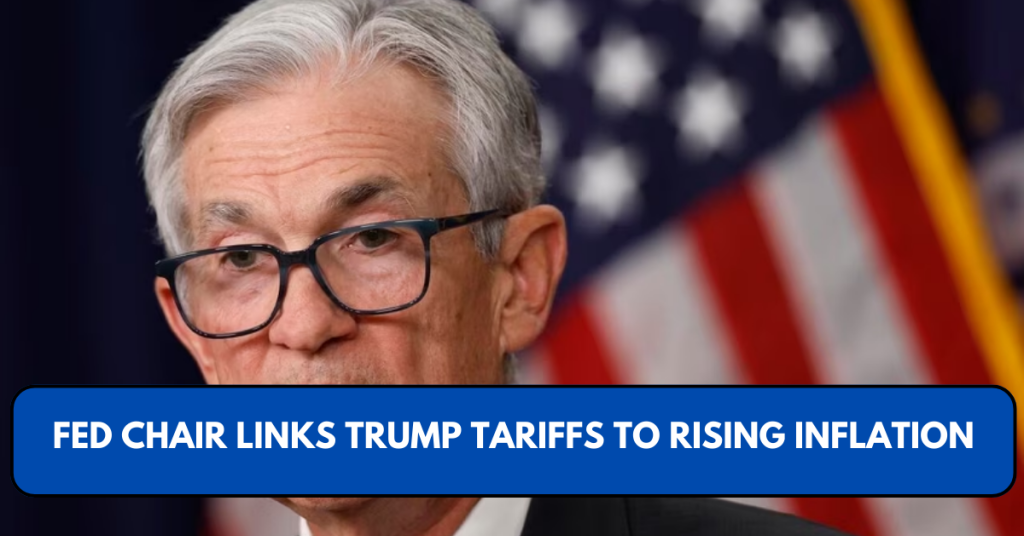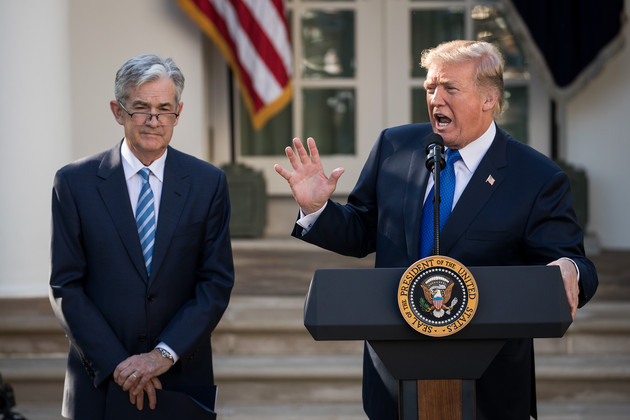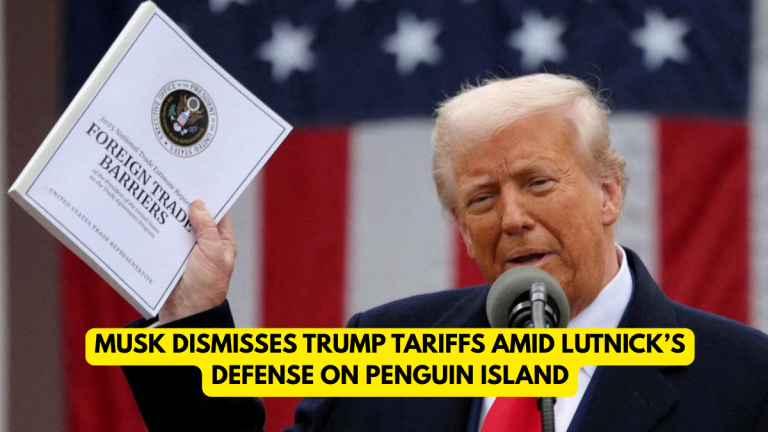
Washington, D.C. – March 20, 2025 – Federal Reserve Chair Jerome Powell has attributed part of the recent inflationary pressures in the United States to tariffs imposed by former President Donald Trump. Speaking after the Federal Open Market Committee’s (FOMC) decision to hold interest rates steady, Powell highlighted the economic uncertainty created by tariff policies and their impact on consumer prices.
Tariffs and Inflation
The U.S. inflation rate has been a central concern for both policymakers and consumers. Powell acknowledged that inflation is expected to reach 2.7% by the end of 2025, surpassing the Federal Reserve’s long-term target of 2%. While multiple factors contribute to rising prices, he pointed to the Trump administration’s trade policies as one of the key elements.
“Tariffs imposed during the previous administration have contributed to higher costs in several sectors, leading to an uptick in consumer prices,” Powell said. He emphasized that these trade barriers have increased production costs for U.S. businesses and reduced supply chain efficiencies.
Economic Growth and Uncertainty
According to recent projections, the Federal Reserve has revised its GDP growth forecast downward to 1.7% for 2025, a decline from the earlier estimate of 2.1%. The uncertainty surrounding trade policies has made it difficult for businesses to plan investments and production, which in turn has affected economic expansion.
Despite these concerns, Powell maintained that the job market remains strong, with unemployment rates continuing at historic lows. However, he warned that prolonged economic uncertainty could dampen job growth and wage increases in the long run.
The Federal Reserve’s Response

In response to economic challenges, the Federal Reserve decided to keep interest rates unchanged between 4.25% and 4.50%. The decision reflects a cautious approach as policymakers monitor inflation trends and assess the long-term impact of tariff-related economic shifts.
Powell stated that the Fed is prepared to adjust its monetary policy if inflation remains persistently high. “We will take necessary actions to ensure price stability while supporting sustainable economic growth,” he added.
Impact on Consumers and Businesses
The tariffs have directly affected key industries, including manufacturing, agriculture, and retail. Companies reliant on imported raw materials have seen costs rise, forcing some to pass on these expenses to consumers. This has led to higher prices for essential goods such as electronics, automobiles, and food items.
Meanwhile, American farmers and exporters have also felt the impact. Trade restrictions have reduced access to international markets, leading to declining revenue for agricultural producers. The long-term effects of these policies are still unfolding, but experts warn that persistent tariff-related issues could weaken overall economic resilience.
Looking Ahead
With inflation still above the target range, policymakers will continue to assess the broader economic outlook. The Fed’s upcoming meetings will determine whether further rate adjustments are necessary to control inflation while ensuring economic stability.
The Biden administration has not indicated any immediate plans to reverse Trump-era tariffs but has acknowledged the need for a more strategic trade policy. Discussions on potential trade agreements and tariff modifications could shape economic conditions in the coming months.
For consumers and businesses, understanding these dynamics is essential to making informed financial decisions. The Federal Reserve will release its next economic update in the coming quarter, providing further insights into inflationary trends and monetary policy adjustments.



